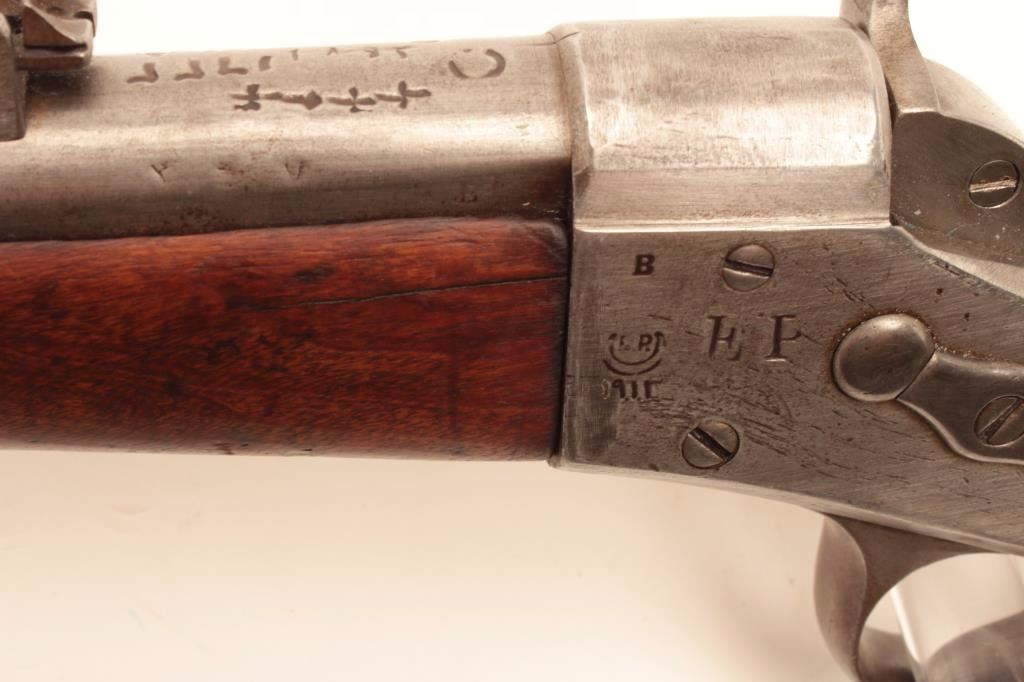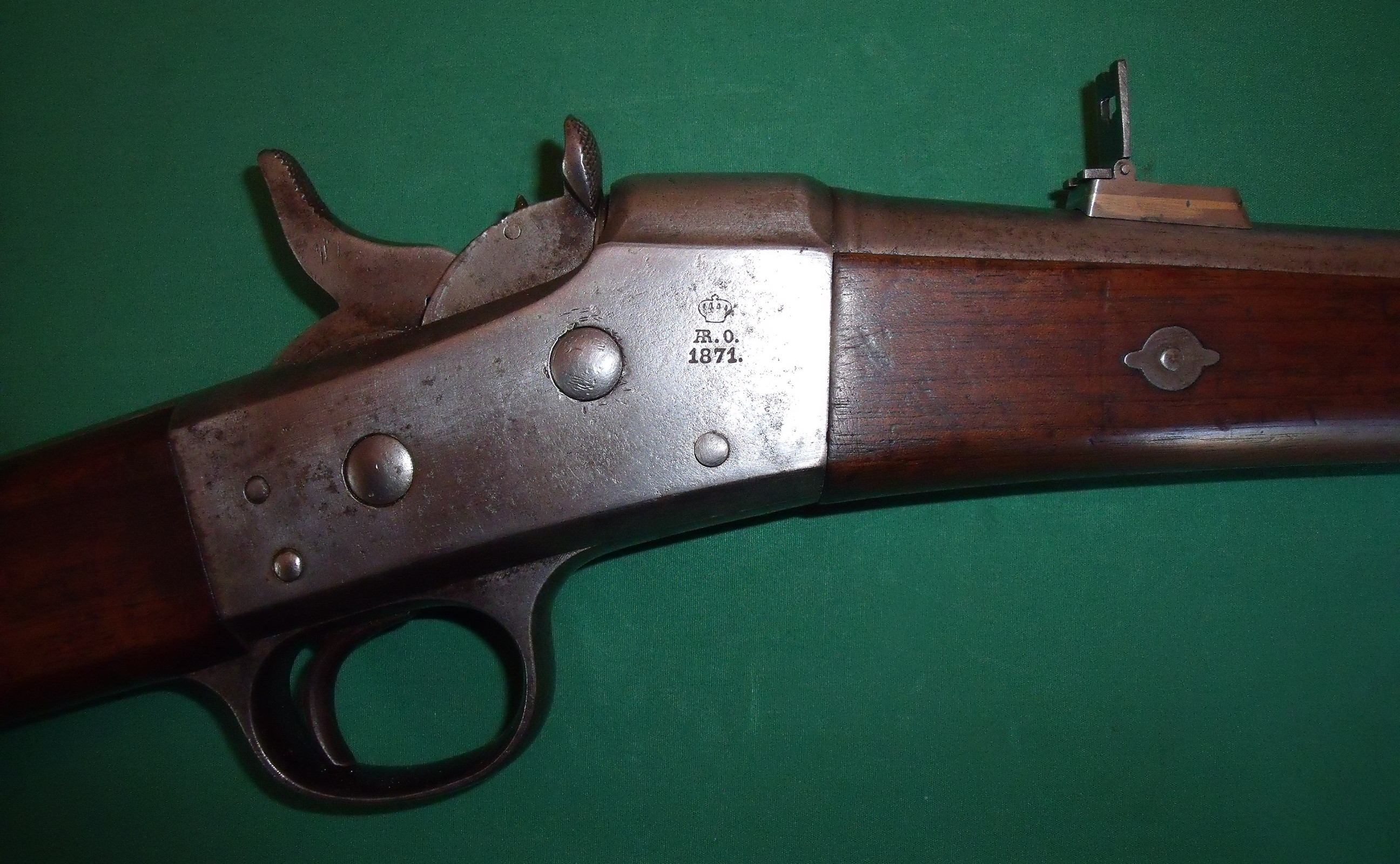

The user pulled the hammer to the full cock position, retracted the breech block spur to expose the chamber, and inserted the cartridge. The model 1871 included a locking bolt in the breech mechanism. Users also did not like loading the weapon at full cock. Field experience with the model 1870 showed that the mechanism jammed too easily in dusty conditions. These model 1871 rifles were very similar to the model 1870 rifles, but differed in some details. Productionįollowing the success of the model 1870, the Governor of New York ordered 15,000 Remington rolling block rifles and bayonets for his state's militia. The sale of the defective rifles enabled enough funds to be recovered that the Navy Ordnance Department ordered an additional 12,000 rifles. All 10,000 rifles were rejected, and were subsequently sold to France for use in the Franco-Prussian War. After the rifles were produced, Navy inspectors realized that the rear sights had been positioned incorrectly, and were dangerously close to the chamber, making the weapon unsafe for use. An order was placed for 10,000 model 1870 rifles. 50 caliber Remington Rolling Block for use by both the U.S. In 1869, the Navy Bureau of Ordnance tested many different weapons, and settled on the. Field trials of these various rifles yielded mostly positive results.

Navy Ordnance Department became interested in the design, and purchased several different models of rifles from 1867 through 1869. The Remingtons continued to invest in Rider's work, and met with Ordnance Department officials in the hope of interesting them in this new design. In 1865, he was issued the first patent for what would evolve into the Remington rolling block action. Civil War, Joseph Rider experimented with several breech loading weapon designs.


 0 kommentar(er)
0 kommentar(er)
